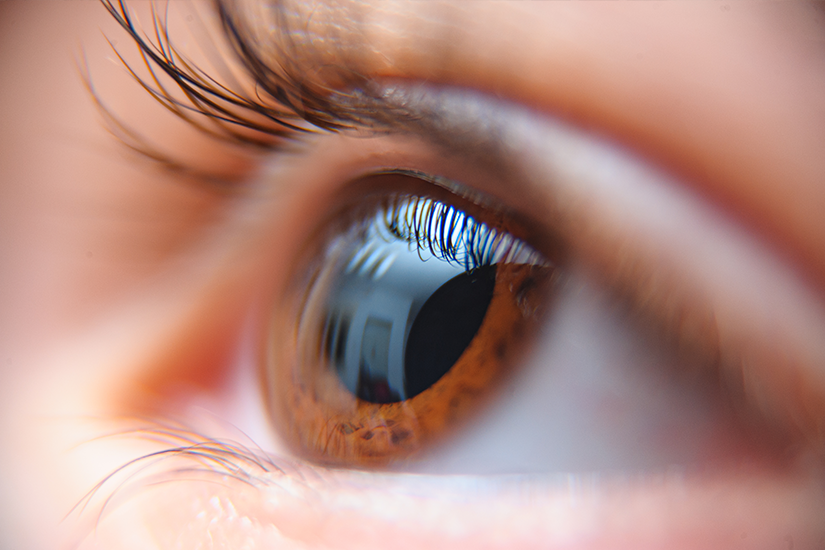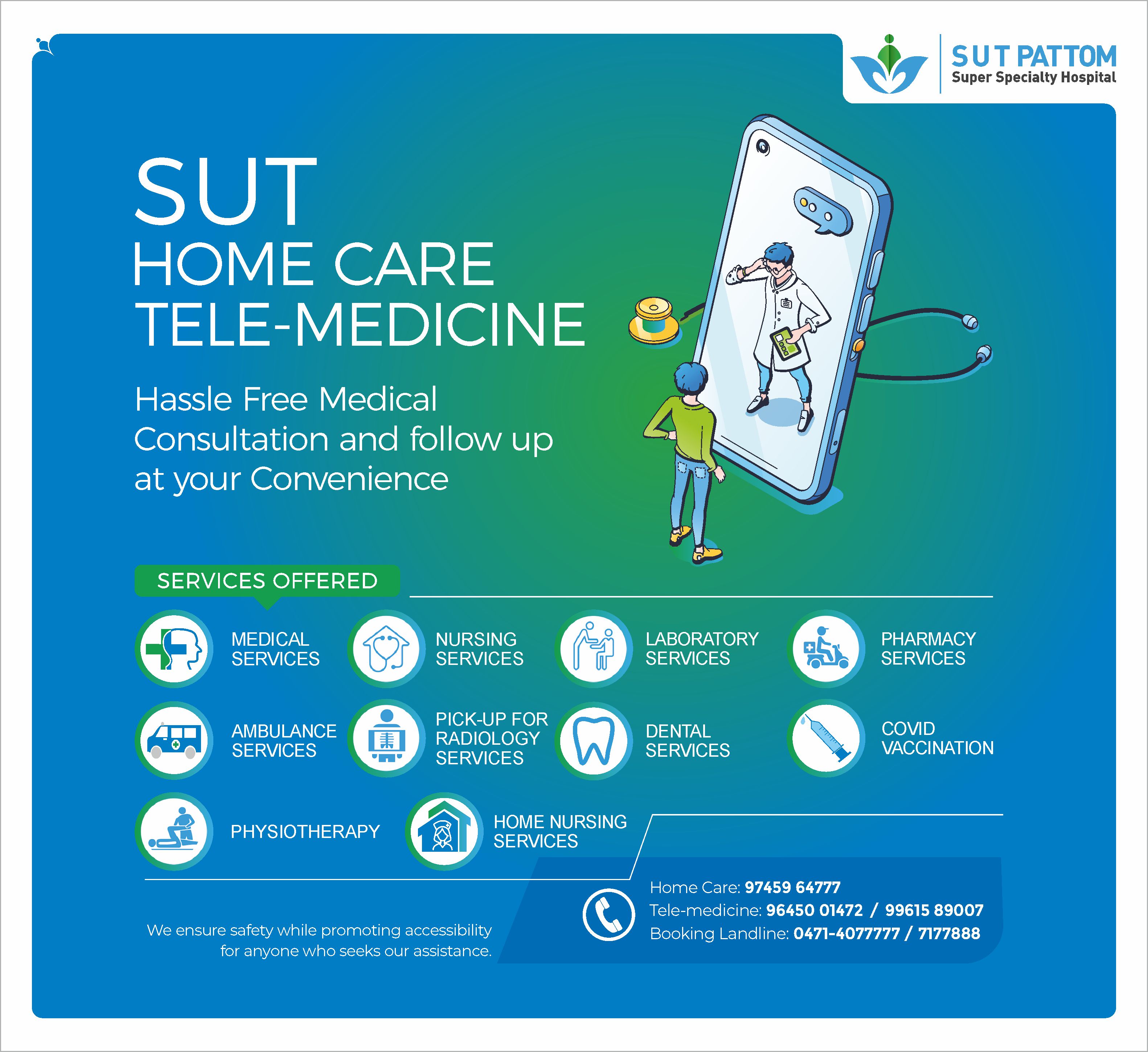- Emergency Ambulance Services
- 8606811111
- 0471-4077777, 0471-7177888
- gro@sutpattom.com
Glaucoma: The Silent Epidemic
Dr Sabitha Safar, Consultant Ophthalmologist, SUT Hospital, Pattom
Glaucoma, a group of eye conditions, is a leading cause of blindness in India. With over 12 million Indians affected, glaucoma is a growing concern in the country. This is Glaucoma Awareness Month, and it’s essential to raise awareness about this silent disease among the Indian population.
Glaucoma is characterized by damage to the optic nerve, often due to abnormally high pressure in the eye, known as Intraocular Pressure (IOP). IOP is the pressure exerted by the fluids in the eye, and it’s a crucial factor in glaucoma diagnosis and treatment.
A normal IOP ranges from 10-21 mmHg. However, when IOP increases, it can damage the optic nerve, leading to vision loss. In many cases, people with glaucoma may not experience symptoms until the disease has progressed, and significant vision loss has occurred.
Glaucoma is more prevalent in India due to genetic factors, lifestyle, and limited access to eye care. Indians are more likely to develop glaucoma due to their genetic predisposition, especially those with a family history of the disease. Additionally, the increasing prevalence of diabetes and hypertension in India contributes to the growing number of glaucoma cases.
The most common form of glaucoma is open-angle glaucoma, which develops slowly and often without symptoms. Unfortunately, many Indians are diagnosedat an advanced stage, when vision loss is irreversible. This highlights the need for regular eye exams, especially for those at high risk.
Risk Factors and Prevention
While glaucoma can affect anyone, certain groups are more susceptible:
- Family history: If you have a family history of glaucoma, you’re more likely to develop the condition.
- Age: Glaucoma risk increases with age, especially after 40.
- Diabetes and hypertension: These conditions increase the risk of developing glaucoma.
- Ethnicity: Indians are more prone to glaucoma due to genetic factors.
To combat glaucoma, it’s essential to:
- Undergo regular eye exams, especially if you’re at high risk.
- Maintain a healthy lifestyle, including a balanced diet and regular exercise.Manage underlying conditions like diabetes and hypertension.
Early Detection and Treatment
Early detection is crucial in preventing vision loss. If you experience any symptoms, consult an eye specialist immediately:
- Blurred vision
- Eye pain
- Redness
- Nausea and vomiting
Treatment options for glaucoma include:
- Medication: Eye drops or pills to reduce IOP and prevent further damage.
- Laser surgery: To improve fluid drainage and reduce IOP.
- Incisional surgery: To create a new drainage path and reduce IOP.









